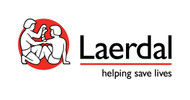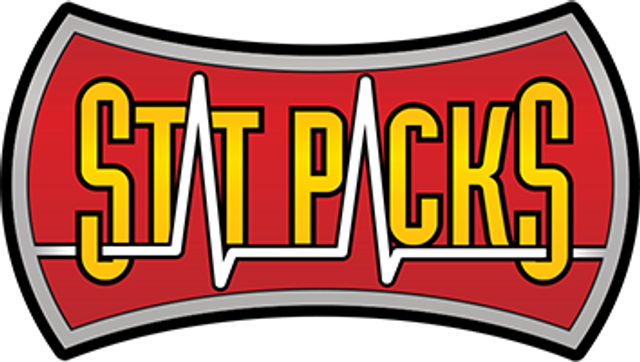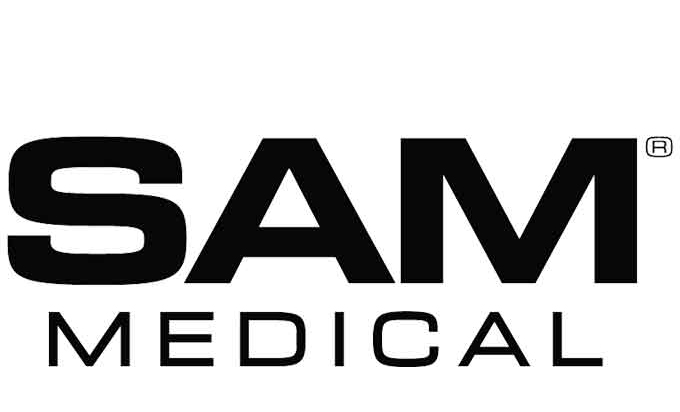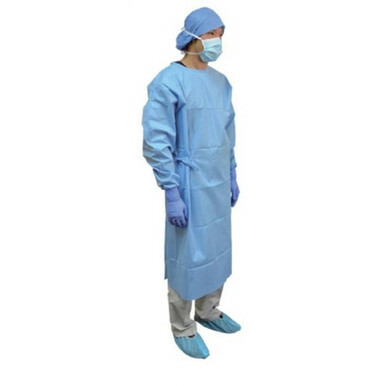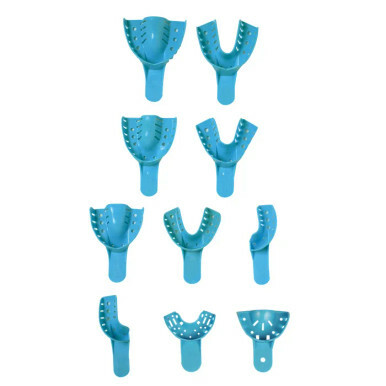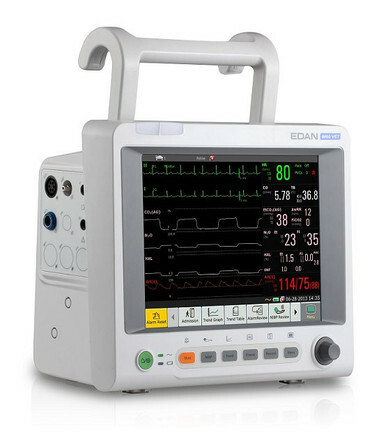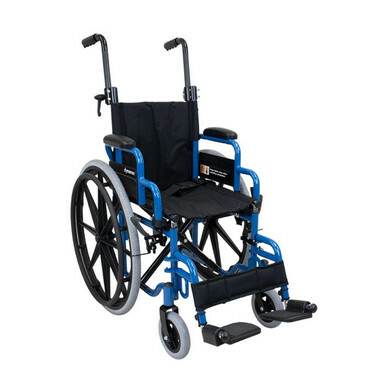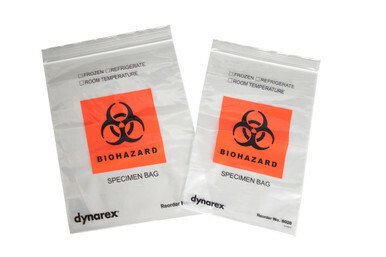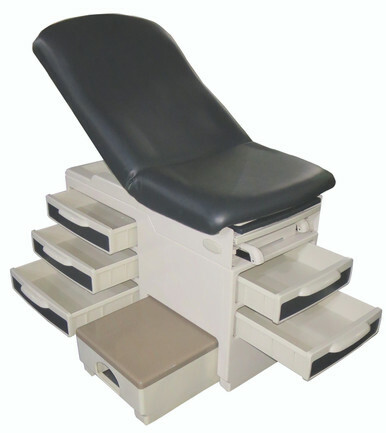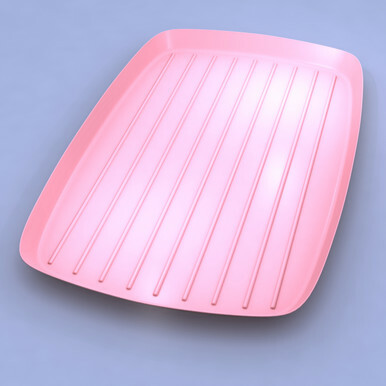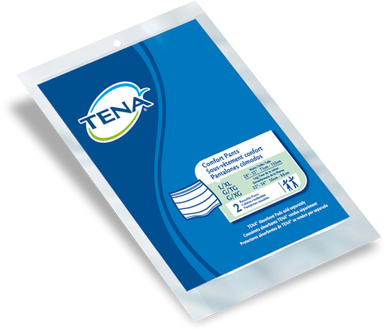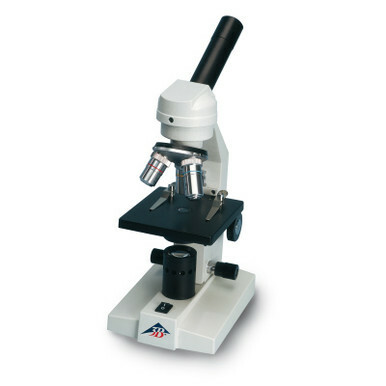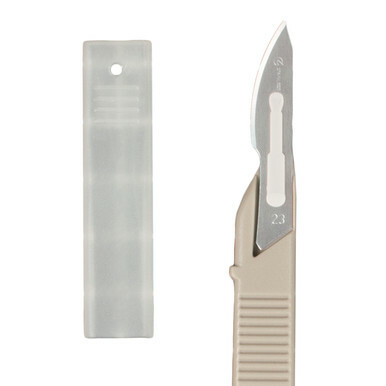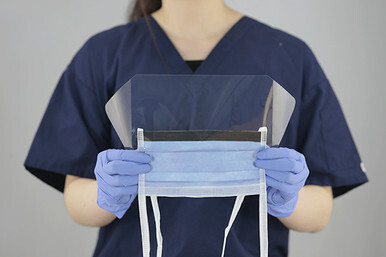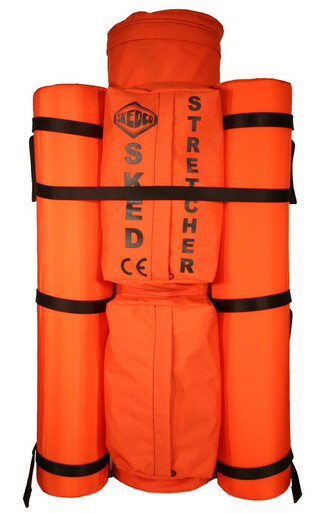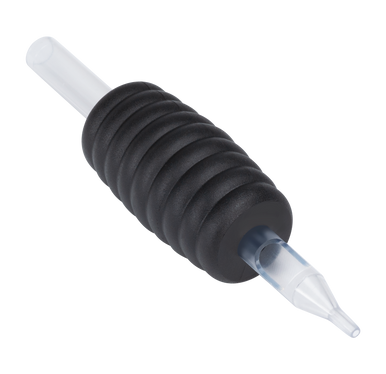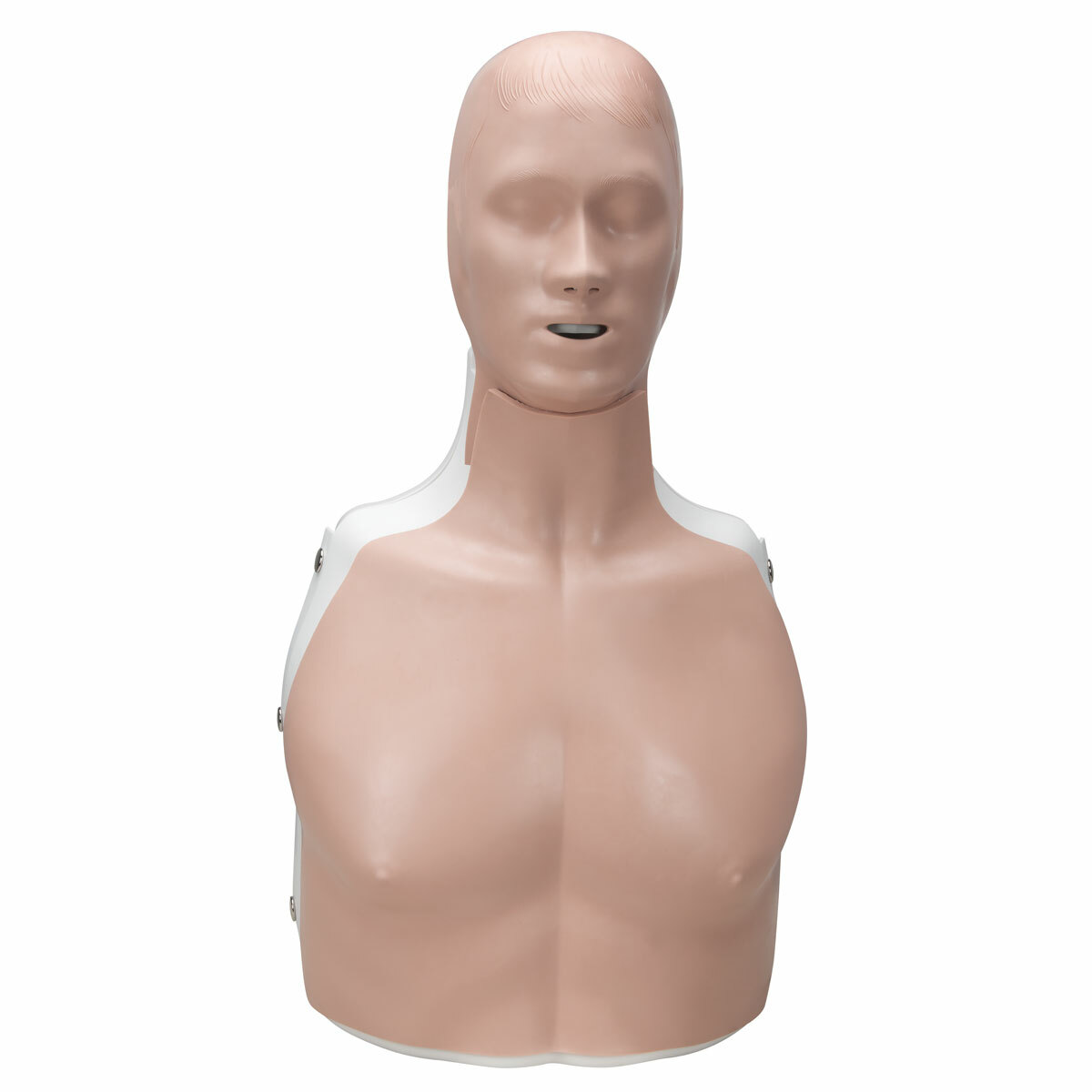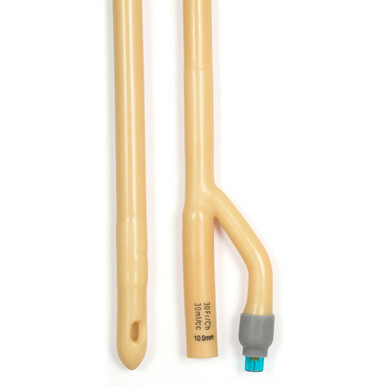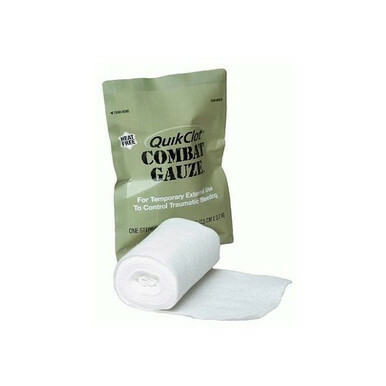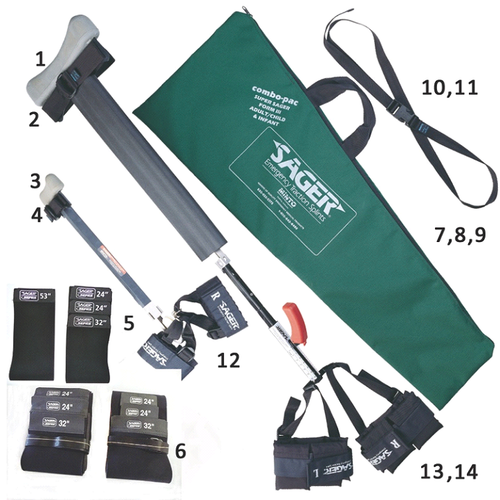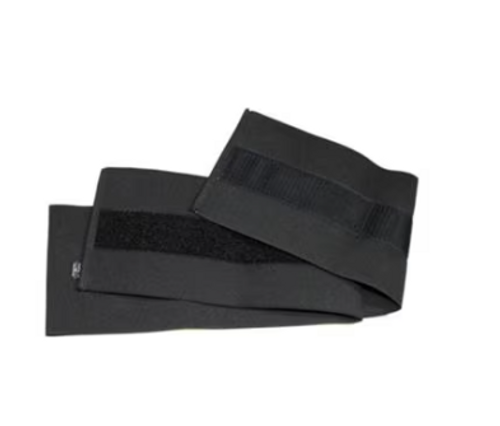Product details
Basic Components and Parts List
⦁ 1. Ischial Perineal Cushion; Cat. No S324 (Models S301, S304, SX404)
⦁ 2. Abductor Bridle; Cat. No. S357 (Models S301, S304, SX404)
⦁ 3. Ischial Perineal Cushion; Cat. No. S320 (Model S300)
⦁ 4. Abductor Bridle; Cat. No. S321 (Model S300)
⦁ 5. Tensor Cravat Kit; Cat. No. TC304 (Model S304), TC404 (Model SX404)
⦁ 6. Tensor Cravat Kit; Cat. No. TC300 (Model S300), TC301 (Model S301)
⦁ 7. Carry Case; Cat No. S323 (Models S301, S304 – Blue, not shown here)
⦁ 8. Carry Case; Cat. No. S318 (Model S300 – Blue, not shown here)
⦁ 9. Carry Case; Cat. No. SX417 (Model SX404 – Black, not shown here)
⦁ 10. Pedal Pinion; Cat. No. S345 (Model S301, S304, SX404)
⦁ 11. Pedal Pinion; Cat. No. S319 (Model S300 – not shown here)
⦁ 12. Malleolar Harness Set; Cat. No. S316 (1 ea. right, 1 ea. left) Model S300 only
⦁ 13. Malleolar Harness Set; Cat. No. S344 (1 ea. right, 1 ea. left) Model S304, S404, S405)
⦁ 14. Malleolar Harness, Cat. No. S342 (plain) Model S301 only
For a more detail parts list please click on the Sager User’s Handbook – available on each product page
Size Guidelines: Sager Form III Series will fit patients ranging from a four-year-old to an adult well over 2m (7 feet) in height. With the Sager’s unique design the patient’s weight is not a problem in application. For infants and children the Sager Infant Bilateral Emergency Traction Splint will fit patients ranging in size from an infant to children six (6) years of age.
Developed at the request of Pediatric Orthopedics, the Sager Infant Bilateral is the only traction splint that will treat infants and children up to age six (6). Featuring quantifiable dynamic traction, the S300 Infant Bilateral is easy to apply, comes complete with all accessories required for use, and features stainless steel construction.
Childhood fractures are serious injuries; The greatest incidence of femoral fractures in children occur around the age of three (3). Two-thirds of all femoral fractures and the most frequent fractures occur in the middle shaft of the femur.1 In North America, fractures of the femoral shaft are common in childhood and are serious injuries.
Extensive soft tissue damage occurs and blood loss of 500ml, or up to 20% of blood volume is common. Usually the distal fragments are laterally rotated with variable amounts of overriding.2
Clinically, pain, deformity, swelling at the fracture site, shortening of the limb and external rotation occurs. Application of traction splinting aligns the fragments, restores near normal tissue pressure in the limb, reducing further blood loss and tissue injury, and decreasing pain. Early traction may minimize blood loss and reduce transfusions and possible complication.
Sager Emergency Traction Splints are widely trusted in EMS and trauma care for femoral fracture immobilization. To maintain peak performance and ensure patient safety, Sager offers a comprehensive range of parts and accessoriesdesigned specifically for their traction splints, including models S300, S301, S304, and more.
Common parts and accessories include:
-
Cravats and Leg Harnesses: Elasticized straps that secure the splint around the leg, providing even tension and support for effective traction. Available in left and right versions to fit properly.
-
Comfort Cushions: Soft padding placed under the cravats or at pressure points to reduce patient discomfort during immobilization.
-
Ischial Perineal Cushions: Support cushions that stabilize the pelvis area for better splint positioning and patient comfort.
-
Tensor Cravats: Adjustable straps used to maintain proper tension and alignment on the limb.
-
Pedal Pins and Foot Plates: Replaceable components that help secure the foot and provide traction leverage.
-
Carry Cases: Durable and portable cases designed to store and transport the splints and accessories safely.
-
Replacement Pins and Screws: Hardware parts essential for maintaining splint functionality and safety.
Using genuine Sager parts and accessories ensures your traction splints remain reliable, safe, and easy to use during emergency responses. These components allow EMS providers and medical teams to quickly replace worn or damaged parts without replacing the entire splint, reducing downtime and cost.
Sager parts and accessories are designed for compatibility across multiple models and come with the quality assurance and durability expected from the trusted Sager brand.



